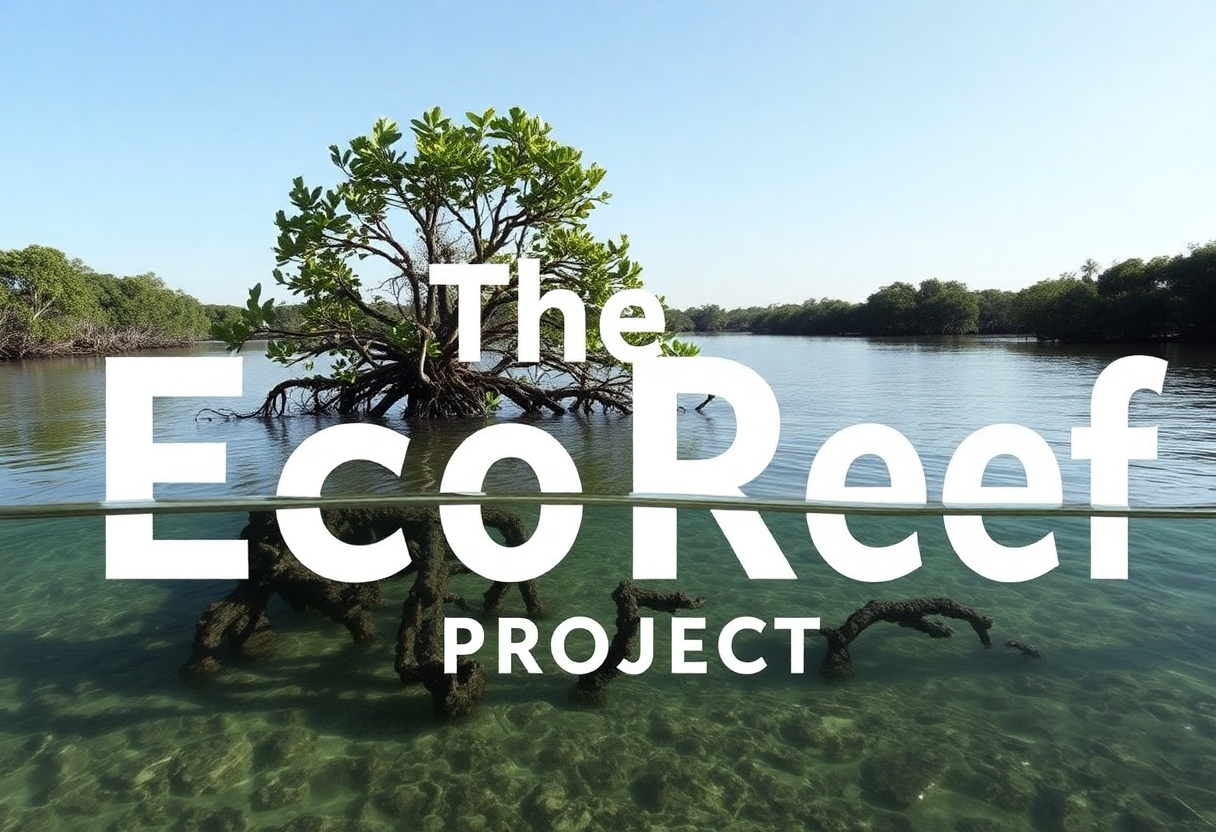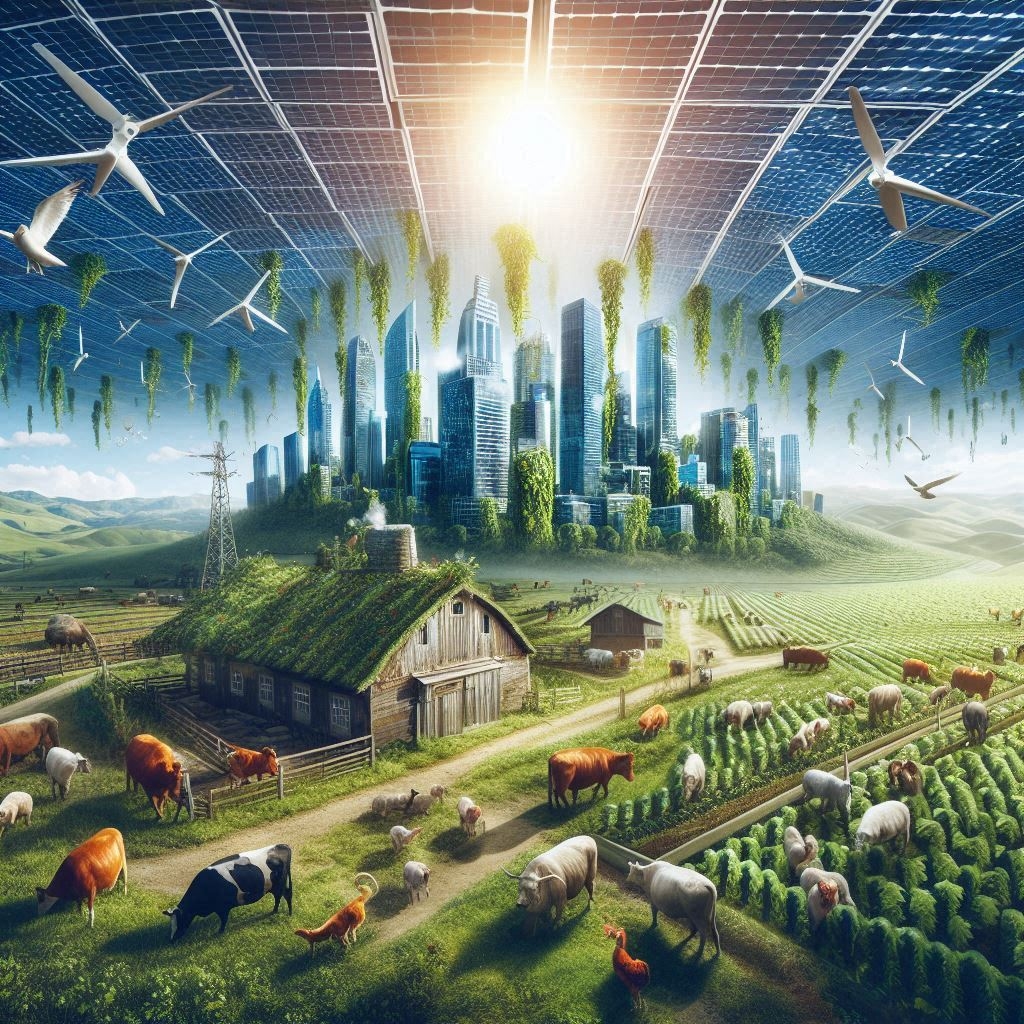Aboriginal Australian Ancient Environmental Strong Wisdom

What Aboriginal Australians Know About the Environment That We Still Struggle With Today?
Australia’s Aboriginal peoples possess a profound and unparalleled connection to the land, one that spans tens of thousands of years. Their knowledge of the environment, honed through countless generations, offers invaluable insights that modern society continues to grapple with. This ancient wisdom, deeply rooted in their cultural practices and spiritual beliefs, holds lessons that are increasingly relevant in our fight to sustain and restore the natural world.
Fire Management and Controlled Burning
One of the most significant contributions of Aboriginal Australians to environmental management is their expertise in the use of fire. Traditional fire management, or “cultural burning,” involves the controlled use of fire to manage landscapes, reduce fuel loads, and promote biodiversity. This practice, passed down through generations, helps to prevent catastrophic wildfires, maintain healthy ecosystems, and support the growth of certain plant species. Modern fire management practices are only beginning to recognize the benefits of these ancient techniques, which have been effectively used by Aboriginal peoples for millennia.
Cultural burning is not simply about reducing the risk of wildfires, it also plays a critical role in maintaining the health of various ecosystems. By carefully choosing when and where to burn, Aboriginal land managers can encourage the growth of fire-adapted plant species, control invasive species, and create habitats for wildlife. This holistic approach to land management contrasts with the more reactive strategies often employed in contemporary fire management, which tend to focus on extinguishing fires rather than preventing them through proactive measures.

Water Conservation and Sustainability
Aboriginal Australians have long understood the importance of water conservation and sustainable use. In arid and semi-arid regions, they developed sophisticated knowledge of water sources, including natural springs, soaks, and underground aquifers. They used this knowledge to ensure sustainable access to water, even in the harshest conditions. Their practices emphasize the importance of respecting and protecting water sources, a lesson that is increasingly crucial as the world faces growing water scarcity.
Traditional water management techniques included the construction of wells and the careful monitoring of water sources to ensure their sustainable use. Aboriginal peoples also developed detailed knowledge of the landscape, allowing them to locate hidden water sources that might be overlooked by others. This deep understanding of water resources enabled them to survive and thrive in some of the most challenging environments on Earth.

Biodiversity and Species Knowledge
Aboriginal Australians possess an intricate understanding of local flora and fauna, with detailed knowledge of species behavior, seasonal patterns, and ecological relationships. This deep ecological knowledge is embedded in their cultural practices, such as “songlines,” which are oral traditions that map out the landscape and its resources. By maintaining this connection to the land, Aboriginal peoples have been able to sustainably manage and protect biodiversity for thousands of years. Modern conservation efforts can greatly benefit from incorporating this traditional ecological knowledge to better understand and preserve ecosystems.
Aboriginal hunting and gathering practices are often guided by an understanding of the calculations of life cycles of plants and animals. This knowledge allows them to harvest resources sustainably, ensuring that populations remain healthy and productive. By following these traditional practices, Aboriginal peoples have maintained a balance with the natural world that is often lacking in modern industrial societies.

Sustainable Hunting and Gathering Practices
Traditional Aboriginal hunting and gathering practices are models of sustainability. They involve a profound respect for the land and its resources, taking only what is needed and ensuring that populations of animals and plants are not depleted. These practices include seasonal harvesting, rotational hunting, and the use of totemic systems to regulate the taking of certain species. By adhering to these principles, Aboriginal peoples have maintained a balance with the natural world, a balance that is often disrupted by modern industrial practices.
Seasonal harvesting ensures that plants and animals are collected at the most appropriate times, allowing them to reproduce and replenish their populations. Rotational hunting involves moving between different hunting grounds, giving each area time to recover before it is used again. Totemic systems assign certain animals or plants to specific clans or individuals, limiting the number of people who can harvest them and helping to prevent overexploitation.
Climate Adaptation and Resilience
Aboriginal Australians have survived and thrived in a variety of climatic conditions over tens of thousands of years. Their ability to adapt to changing climates and environments is a testament to their resilience and ingenuity. This adaptive capacity is rooted in a deep understanding of the natural world and a flexible approach to resource management. As the impacts of climate change become more pronounced, there is much to learn from these traditional practices that emphasize resilience and sustainable living.
Aboriginal peoples have developed a range of strategies for coping with climate variability, including the use of fire, water management, and the careful selection of food sources. These strategies have enabled them to survive droughts, floods, and other environmental challenges that would have overwhelmed less adaptable societies. By learning from these traditional practices, modern communities can develop their own resilience to the impacts of climate change.
Respect for the Land
Central to Aboriginal environmental knowledge is a profound respect for the land, which is viewed as a living entity with which they have a reciprocal relationship. This holistic worldview contrasts sharply with the exploitative approaches often seen in modern industrial societies. By fostering a deeper respect for the environment, modern society can learn to live more harmoniously with nature, promoting sustainability and reducing environmental degradation.
In Aboriginal cultures, the land is often personified and regarded as an ancestor. This relationship fosters a sense of stewardship and responsibility, encouraging people to care for the land and its resources. By adopting this perspective, modern societies can develop a more sustainable approach to environmental management, one that prioritizes long-term health and balance over short-term gains.

Farming and Agriculture
Recent archaeological discoveries suggest that some Aboriginal communities may have practiced forms of farming and agriculture long before European settlement. Evidence indicates that they cultivated native plants such as yams, grains, and tubers, and managed landscapes to enhance the availability of food resources. This included activities such as clearing areas for planting, building channels to manage water flow, and using fire to promote the growth of certain plants.
There is evidence that Aboriginal Australians engaged in sophisticated aquaculture practices. For example, the Gunditjmara people of southwestern Victoria constructed extensive systems of stone channels and weirs to trap and farm eels, a practice that dates back thousands of years. This early form of aquaculture demonstrates a deep understanding of ecological systems and sustainable resource management.
Overcoming Challenges of Respect and Inclusion
Despite the invaluable environmental knowledge held by Aboriginal Australians, their contributions have often been overlooked or undervalued by mainstream society. This lack of recognition is rooted in a history of colonization and systemic discrimination that has marginalized Indigenous peoples and their knowledge systems. Rather than embracing and integrating this ancient wisdom, modern society has frequently dismissed it, leading to missed opportunities for collaboration and mutual benefit.
There are several reasons for this continued marginalization, including a lack of understanding and respect for Aboriginal culture and knowledge systems. Many contemporary environmental practices are rooted in Western scientific methodologies, which can sometimes undervalue traditional ecological knowledge. Additionally, societal prejudices and stereotypes have contributed to the perception that Indigenous knowledge is less valid or relevant.
There is a growing recognition of the need to incorporate Indigenous knowledge into modern environmental management. Collaborative projects and partnerships that respect and value Aboriginal perspectives are essential for addressing contemporary environmental challenges. By learning from and working with Aboriginal Australians, we can develop more holistic and effective approaches to sustainability and conservation.
Conclusion
The environmental knowledge of Aboriginal Australians, developed over tens of thousands of years, offers invaluable insights into sustainable living and environmental management. By learning from their practices of fire management, water conservation, biodiversity protection, sustainable hunting, climate adaptation, and early forms of agriculture, we can address many of the environmental challenges we face today. Embracing this ancient wisdom not only honors the deep connection Aboriginal peoples have with the land but also provides a pathway to a more sustainable and resilient future. Aboriginal Australian knowledge and history is deep and should not be overlooked.
Join the Discussion
We’d love to hear your thoughts on the ancient environmental wisdom of Aboriginal Australians. How can modern society better integrate these practices into contemporary environmental management?
























































